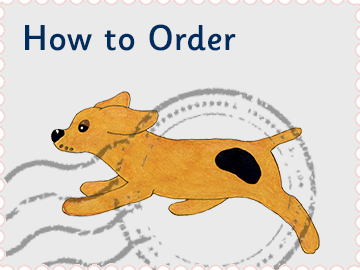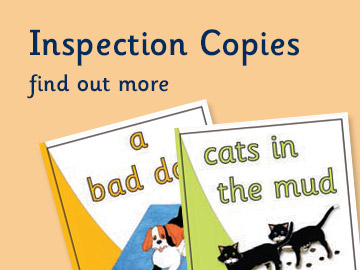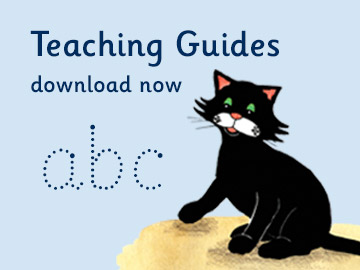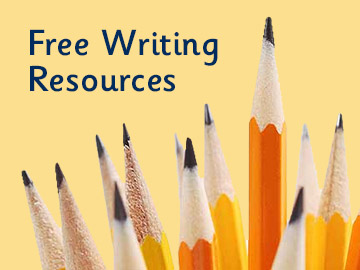Learning to Read Words by Sight.
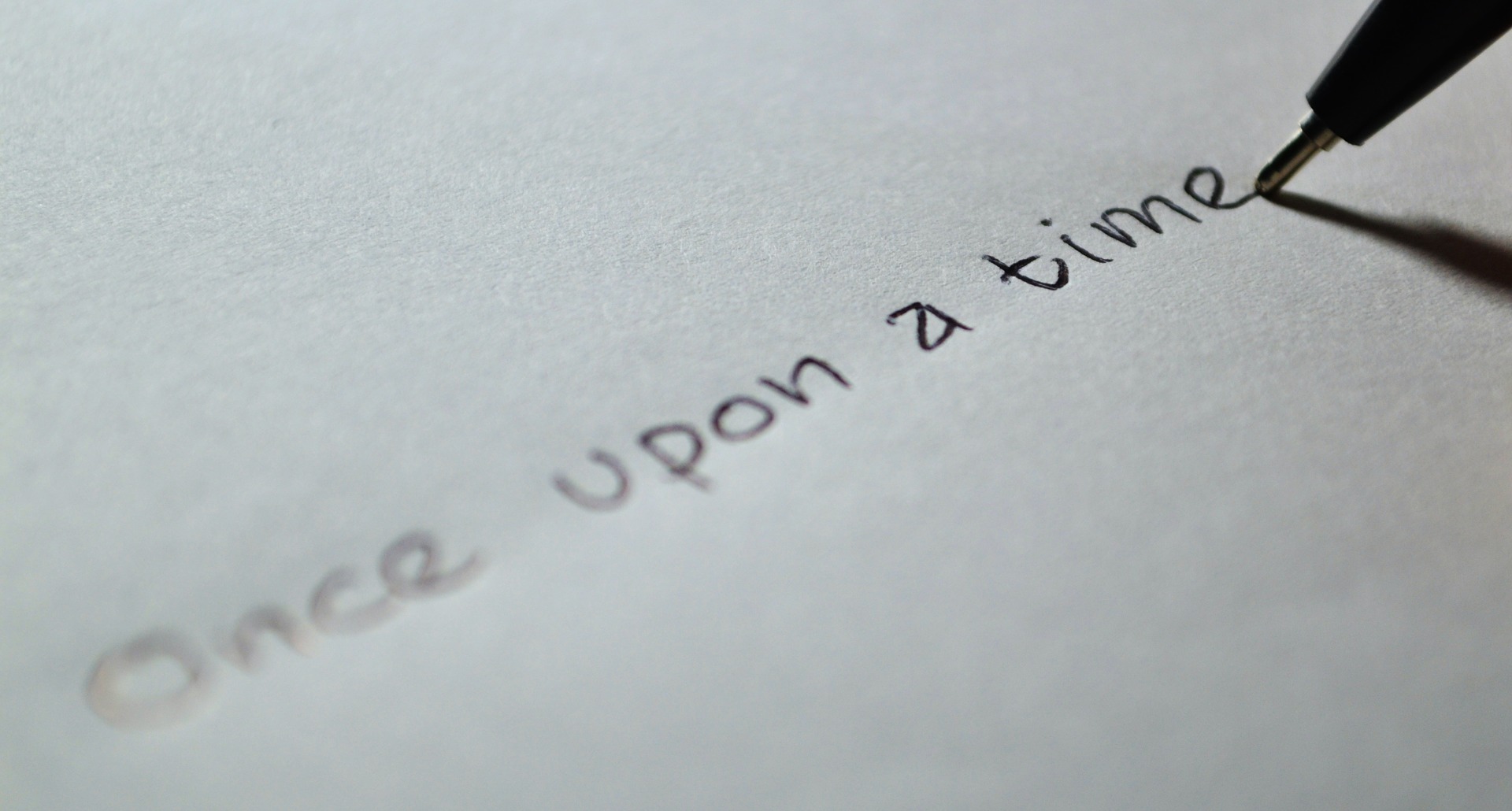
LEARNING TO READ WORDS An interpretation of a 2005 paper by Linnea C. Ehri
“Words are the basic units that reader’s eyes pick up and process to construct meaning out of print.”
“Eye movement studies show that when readers read a text, their eyes land on practically every word.”
“Because words are always spelled the same way, this makes them reliable units for readers’ eyes to process.”
“Written words activate meanings whereas single graphemes do not.”
There is a hint of a ‘whole word learning’ strategy in these sentences, but this is not what Linnea Ehri is proposing in this paper.
“Readers read familiar words by accessing them in memory, called ‘sight word’ reading.”
Neither is she proposing that people learn to read simply by looking at words. Because, as she explains, this visual explanation is inadequate. If only visual-semantic connections were stored in memory, then people would read/misread ‘student’ for ‘pupil’.
What she has concluded from her studies is that readers form connections between letters in spellings and sounds in pronunciation and the meanings of words, so that the mnemonic bond is strong enough for readers to read the words simply by seeing them, i.e. ‘by sight’.
“If readers know words by sight and can recognise them automatically as they read the text, then word reading operates unconsciously.”
The purpose of her paper is to investigate how children develop reading skill so that they become sight-readers.
She defines four phases that children go through when learning to read:
1: pre-alphabetic phase.
2: partial alphabetic phase.
3: full alphabetic phase.
4: consolidated alphabetic phase
1. Pre-alphabetic phase
In this phase children make connections by remembering visual features, e.g. the two ‘oo’s in ‘look’ as reminders of eyes, or the ‘m’ in ‘camel’ as a reminder of humps, or the golden arches of Macdonald’s as a reminder of the whole word. These are contextual clues and they are visual. They do not involve the alphabetic system. Children in this phase are non-readers.
2: Partial alphabetic phase
Children know either the names, or sounds, of some letters of the alphabet and they use this knowledge to try to remember how to read words they have seen in print. They only know some connections between letters and sounds, e.g. often the first letter or the final letter in a word, and they are unable to segment the word’s pronunciation into all of its phonemes. They cannot decode/pronounce totally unfamiliar words they see, and they invent partial spellings for those they hear. However, they can remember some words. These are stored in their memory, because they have been learned. These children are ‘sight-word’ reading, i.e. they are automatically and unconsciously remembering words and their meanings.
3. Full alphabetic phase
“Children become full alphabetic phase readers when they can learn ‘sight-words’ by forming complete connections between letters in spellings and phonemes in pronunciations.”
At this point children can match the letters they see in the spellings of words to the pronunciations they hear and the word-meanings stored in memory. These connections are fully bonded so that the word can be read automatically and unconsciously by sight. It is this access to familiar words in memory that Ehri calls ‘sight-word reading’.
4. Consolidated alphabetic phase
This phase is reached when readers have a full knowledge of phonemic awareness and the alphabetic system to the extent that visual word spellings are secured in memory. At this point all known words are accessed from memory automatically and the word reading process operates unconsciously.
She uses the term ‘PHASES’ of development in the acquisition of ‘sight-word reading’ because children can use connections they have made in any of the three phases to read words by sight unconciously.
On the other hand, Ehri is very precise in calling the ways that children learn to read words, ‘STRATEGIES‘. She points out that they are strategies because they all require the conscious attention of the reader to work out the unknown word.
She has three different strategies for learning to read.
1: decoding (sounding out the graphemes and blending the resulting phonemes into words.)
Within decoding, Ehri also includes the utilizing of rimes, syllables, morphemes and small whole words, e.g. ‘in, it, at’ as chunks of letters to blend to remember spelling patterns in longer words.
2: analogising (looking for a similar word, e.g. from ‘look’ children can work out ‘took’ or ‘book’ by analogy)
3: predicting from the context of the sentence, story or picture.
Whist Ehri does not advocate any one of the strategies as the only one needed for automatic sight-word reading, she considers that decoding is critical to achieving the consolidated alphabetic phase. She thinks that the connections needed to link spellings, sounds and meaning in memory are only learnt from phonological recoding (decoding).
(2005) Learning to Read Words: Theory, Findings, and Issues by Linnea C. Ehri
http://onlinelibrary.wiley.com/doi/10.1111/j.1467-9817.2005.00252.x/abstract

